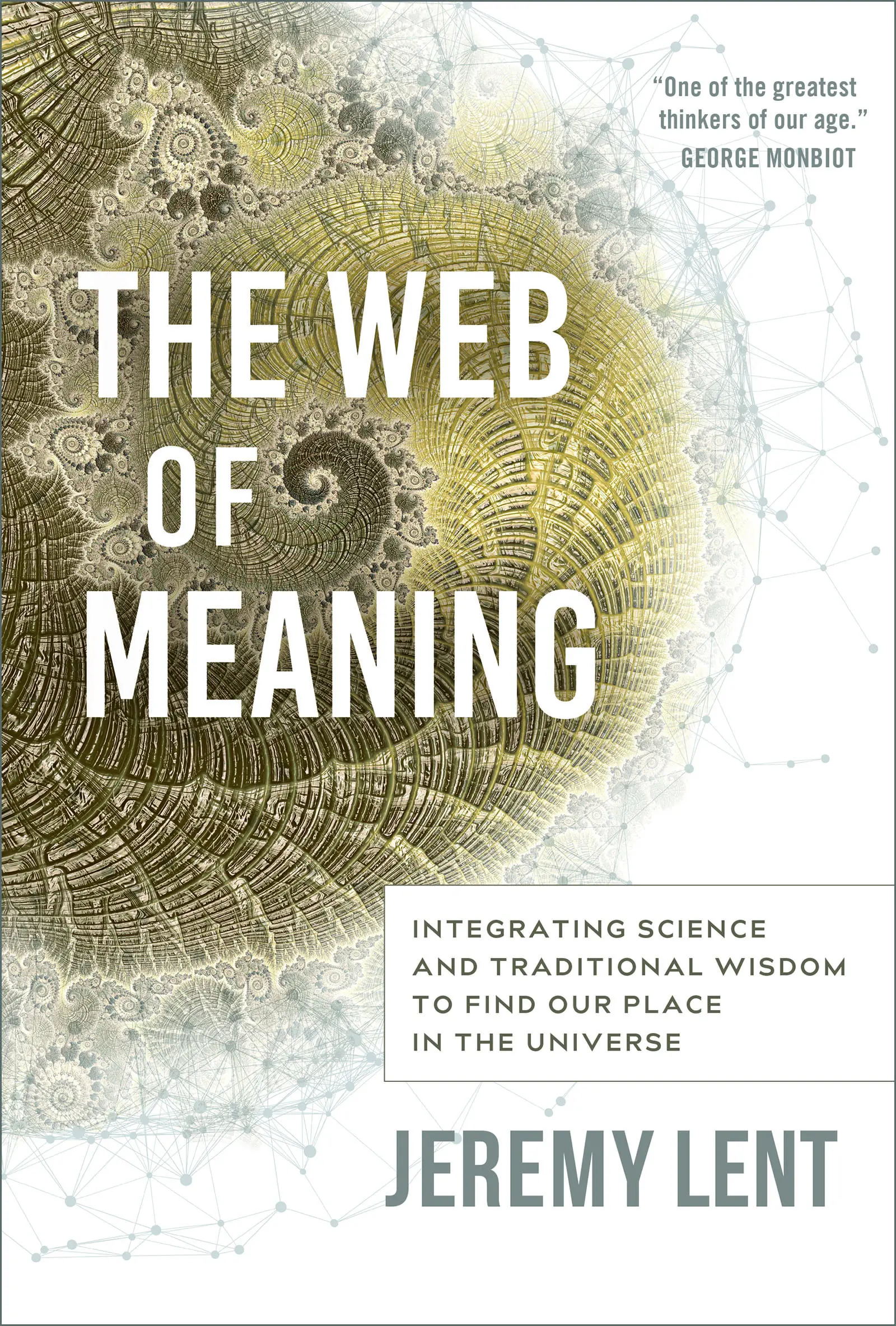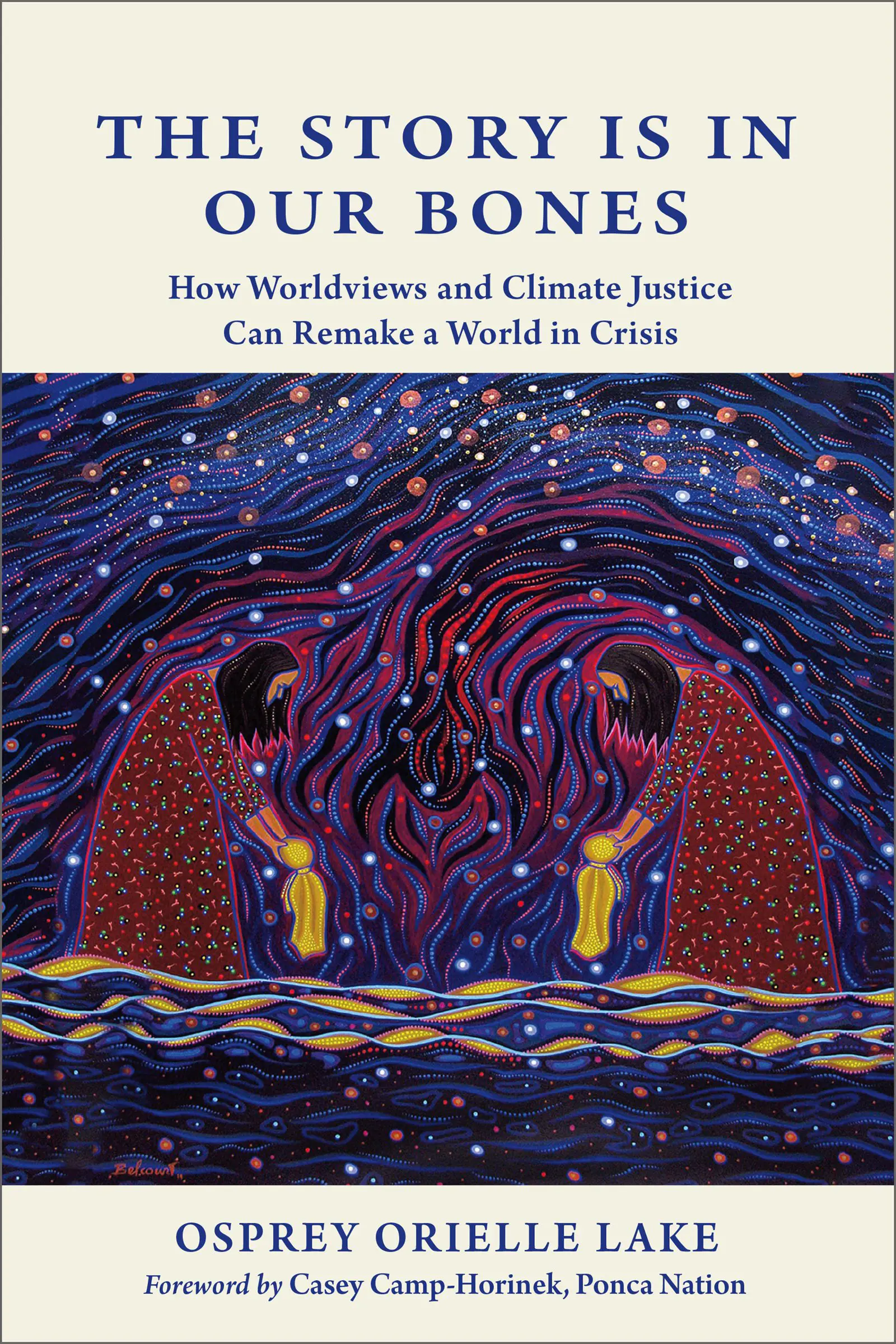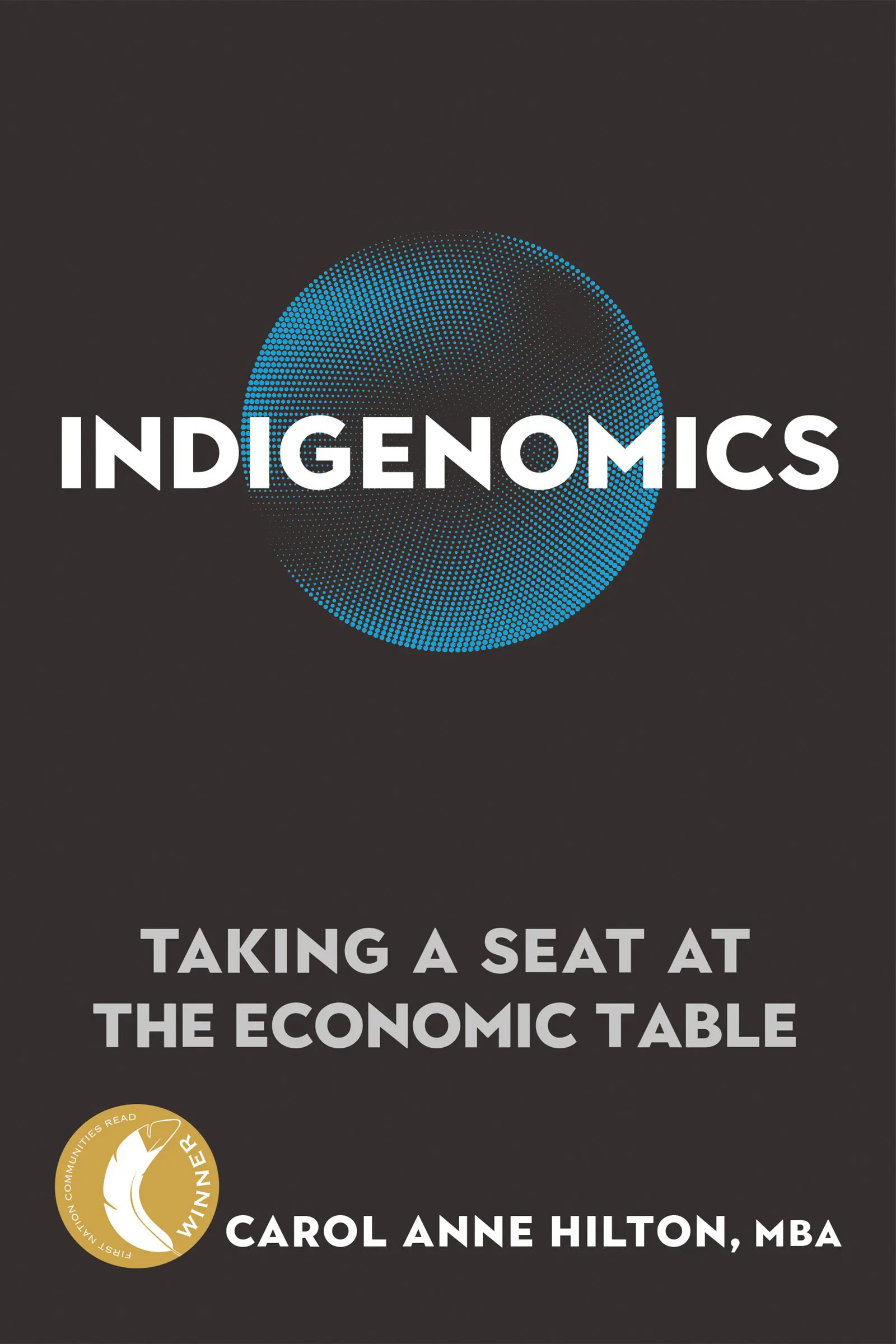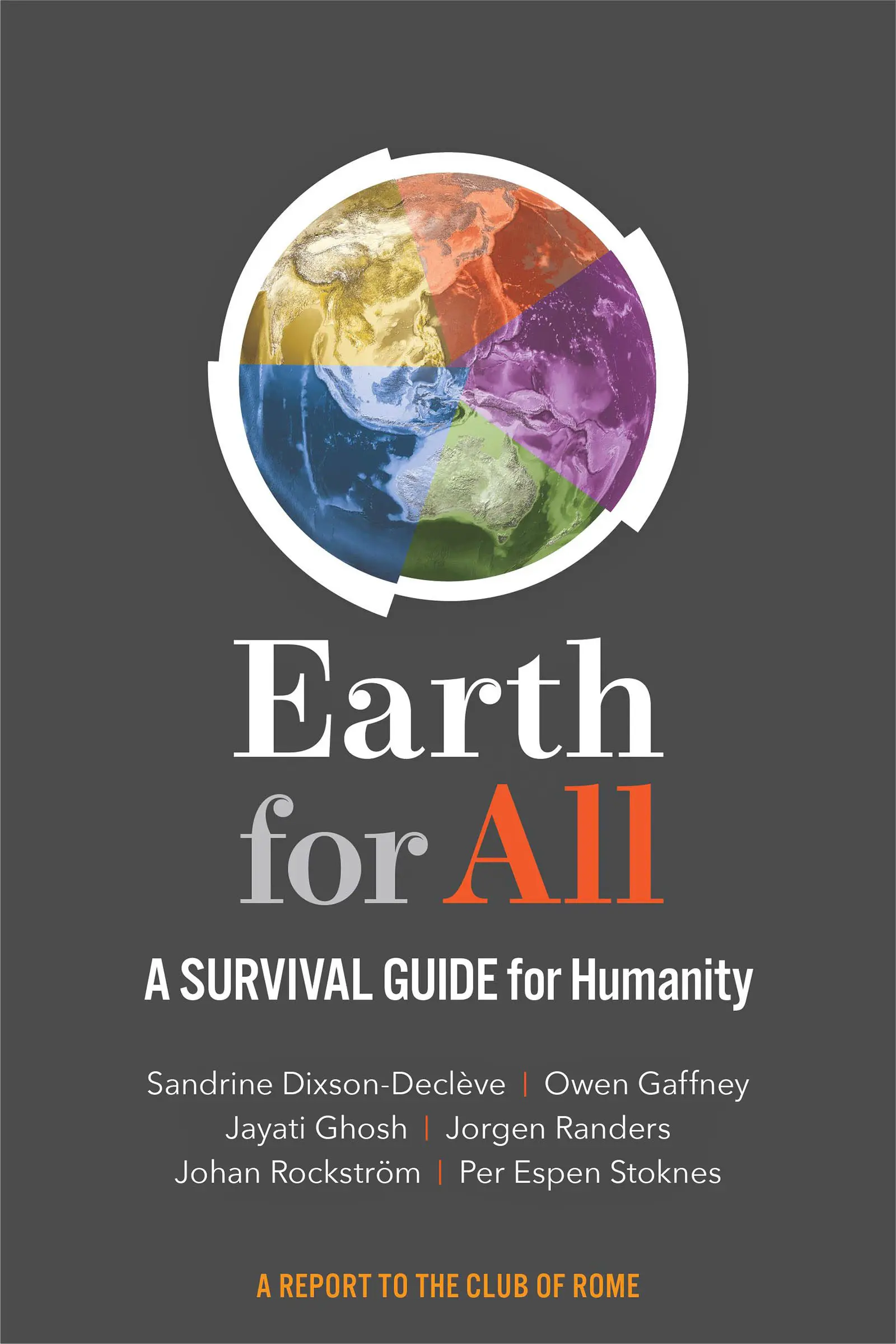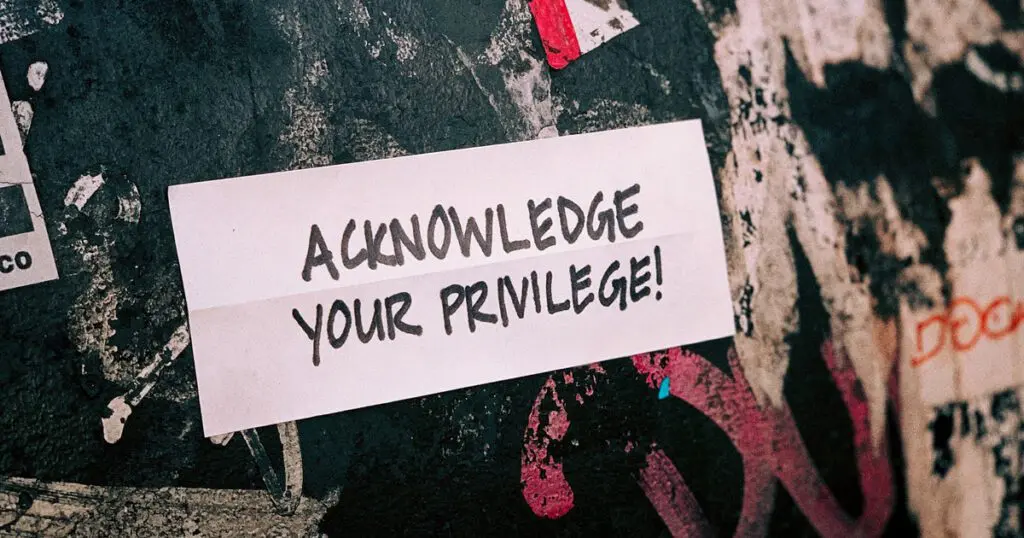
The Indian Act doesn’t just shape policy — it shapes identity. Rooted in colonial language and legal constructs, it continues to isolate Indigenous identity from Canadian reality, distorting both governance and economic opportunity.
This blog post, excerpted from Carol Anne Hilton’s groundbreaking new book The Rise of Indigenous Economic Power, explores how we can begin to deconstruct Indian Act economics through a powerful ethical lens. By asking not just what is legal, but what is right, we challenge a system that has long denied Indigenous rights, justice, and agency.
Through frameworks like rights-based thinking, the common good, and care ethics, Hilton makes it clear that reclaiming Indigenous economic power starts with changing the story — from one of limits and control to one of strength, identity, and self-determination.
The end of belonging is fundamentally a story about power.
—Martin Sandbu, The Economics of Belonging
Indians, Ethics, and Economic Value
The language in the Indian Act perpetuates and isolates Indigenous identity from Canadian reality and is a key ethical consideration in the deconstruction of Indian Act economics.
There is no such thing as an Indian. The word “Indian” by definition is a construct of euro-centric racialized otherism:
An Indian is a creation of the European imagination and is legally inscribed on us by the federal government. There were no Indians in Canada prior to European arrival. There are only Indians in contemporary terms if we let the federal government take control of our identity.

There is a considerable body of work on understanding the relationship between ethics and governance. Ethics is commonly described as the standards of right or wrong that specify what people should do in terms of rights, obligations, fairness, and equality in a society or community. Ethics refers to moral beliefs and conduct and ensures that institutions work to set standards based on equality, inclusion, and fairness.
An ethical lens is a metaphorical framework or perspective through which ethical decisions can be viewed. It reflects a set of principles, values, and beliefs that guide understanding of right or wrong or describe moral dilemmas and provide guideposts to make decisions. Different ethical lenses may emphasize various aspects, such as the consequences of actions, duties, policies, or rights. Understanding and applying an ethical lens can help to navigate complex moral issues and contribute to a thoughtful and principled approach to decision-making and governance. As such, “economic ethics attempts to incorporate morality and cultural value qualities to account for the limitation of economics, which is that human decision-making is not restricted to rationality.”
In his early work, sociologist Raymond Baumhart asked a targeted business audience the question, “What does ethics mean to you?” Some of the common responses included, “Ethics has to do with what is right or wrong, or being ethical means doing what the law requires, or ethics consists of the standards of behavior our society accepts.” Baumhart’s work brings into focus the role of ethics and society.
Ethics exists outside of religious, cultural, and political orientation. It is an important distinction that being ethical is not the same as doing “whatever society accepts.” Standards of behavior in society can deviate from what is ethical as “being ethical is also not the same as following the law. The law often incorporates ethical standards to which most citizens subscribe. But laws, like feelings, can also deviate from what is ethical.” This is a formative point in framing ethics—law can deviate from what is ethical, and this is an essential consideration in the deconstruction of Indian Act economics.

The Markkula Center for Applied Ethics describes a series of ethical lenses in the “Framework for Ethical Decision Making.”
The Rights Lens:
Examines which options best respect the rights of all who have a stake. In applying an ethical lens, a core question is whether the Indian Act respects Indigenous rights. The answer is no.
The Justice Lens:
Examines which options treat people fairly, giving them what they are due. In applying an ethical lens, a core question to examine is whether the Indian Act is just and treats Indigenous Peoples fairly. The answer is no.
The Utilitarian Lens:
Examines which options will produce the most good and do the least harm for as many stakeholders as possible. Does the Indian Act produce the most good and do the least harm? No.
The Common Good Lens:
Examines which option best serves the good of the whole, not just some members. Does the Indian Act serve the common good? No.
The Virtue Lens:
Examines which options support positive personal agency. Does the Indian Act serve personal agency? No, it removes it.
The Care Ethics Lens:
Examines which options take into account the relationships, concerns, and experiences of all stakeholders or citizens. Was the Indian Act built to consider the concerns and experiences of Indigenous Peoples? No.
Each of these applied ethical lenses can be viewed through the ongoing administration of the Indian Act over time and brings into focus the need to situate the ethical space of the Indian Act today. These lenses focus attention on how we look at Indigenous policy and governance. Does the Indian Act create respect and fairness, support the most good, serve and support agency and concern for all, as considerations of ethics? The answer is no.



